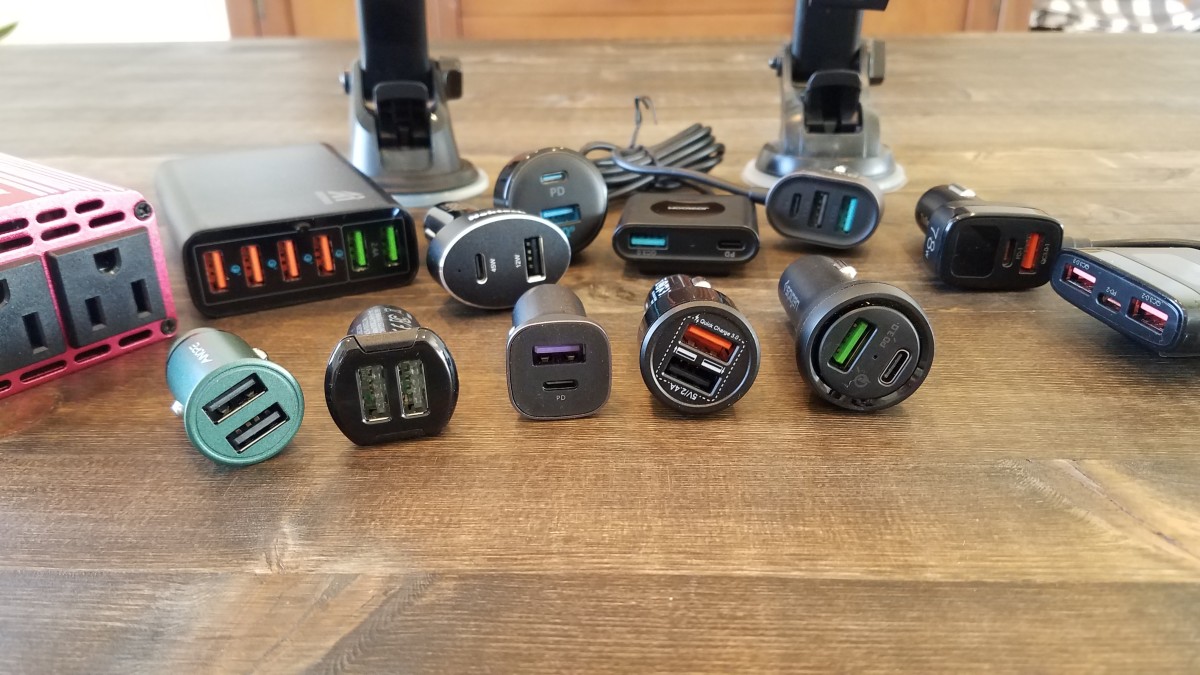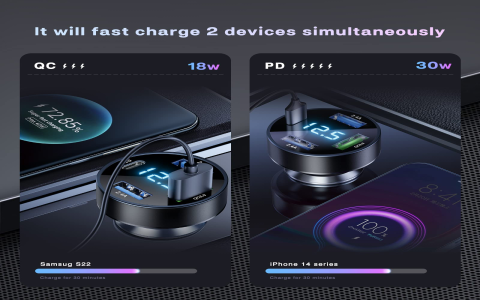An electronic cigarette car charger facilitates the recharging of vape pens, e-cigarettes, and similar vaporizing devices using a vehicle’s 12V DC power outlet, commonly known as the cigarette lighter socket. These chargers convert the car’s 12V DC output to a lower voltage, typically 5V DC, suitable for USB-powered vaping devices.
Key Selection Criteria
- Output Power (Voltage and Amperage): This is paramount for charging efficiency and device compatibility.
- The standard voltage for USB charging e-cigarettes is 5V DC.
- Amperage (measured in amperes ‘A’ or milliamperes ‘mA’) determines charging speed. Chargers offering 1A (1000mA) provide a standard charge rate. For faster charging, look for outputs of 2A (2000mA) or higher, such as 5V/2.1A or 5V/2.4A. Always consult your e-cigarette’s manual for its recommended or maximum input current. Using a charger with a higher amperage capacity than your device requires is generally safe, as the device will only draw the current it needs.
- Connector Compatibility: Ensure the charger’s output port (e.g., USB-A) matches your charging cable, or if it’s an integrated cable charger, that the connector (e.g., Micro-USB, USB-C, Lightning) is correct for your specific e-cigarette model.
- Safety Features: Opt for chargers equipped with comprehensive safety mechanisms. Essential protections include:
- Overcharge protection
- Over-current protection
- Short-circuit protection
- Over-temperature protection (thermal shutdown)
These features protect both your vaping device and your vehicle’s electrical system. Reputable chargers often carry certifications like CE, FCC, and RoHS.

- Build Quality and Durability: A robustly constructed charger will better withstand the conditions within a vehicle, such as temperature variations and vibrations.
- Number of Ports: Some car chargers feature multiple USB ports, enabling simultaneous charging of an e-cigarette and other devices. If selecting a multi-port charger, verify the total output capacity and the power delivery capability of each port to ensure adequate charging for all connected devices.
Safe Usage Practices
- Verify Device Specifications: Always refer to your e-cigarette’s documentation for its specified charging voltage (typically 5V) and recommended maximum input current. Avoid using chargers that output an incorrect voltage.
- Device-Specific Charging Management: Most modern e-cigarettes incorporate internal battery management systems (BMS) that prevent overcharging. However, it remains good practice not to leave devices connected to a charger for excessively prolonged periods after reaching full charge.
- Monitor Temperature: The charger and e-cigarette may become moderately warm during the charging process; this is normal. If either component becomes excessively hot to the touch, disconnect the charger immediately.
- Use High-Quality Cables: The charging cable is as critical as the charger. Employ undamaged, high-quality USB cables designed to handle the required current for efficient and safe power transfer.
- Unplug When Not In Use: To minimize any potential passive drain on your vehicle’s battery, consider unplugging the car charger from the 12V socket when the vehicle is not in use for extended durations, though most modern chargers have very low standby power consumption.










